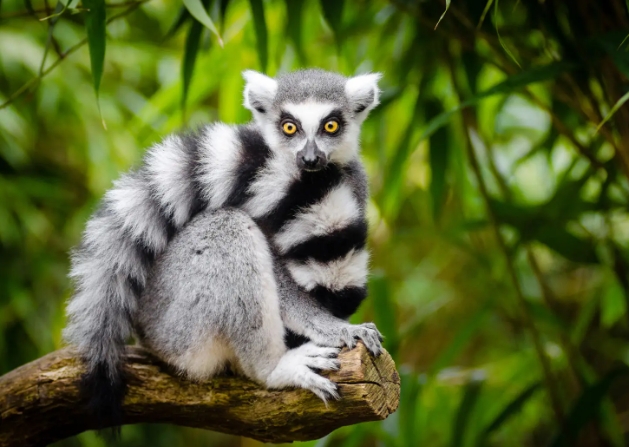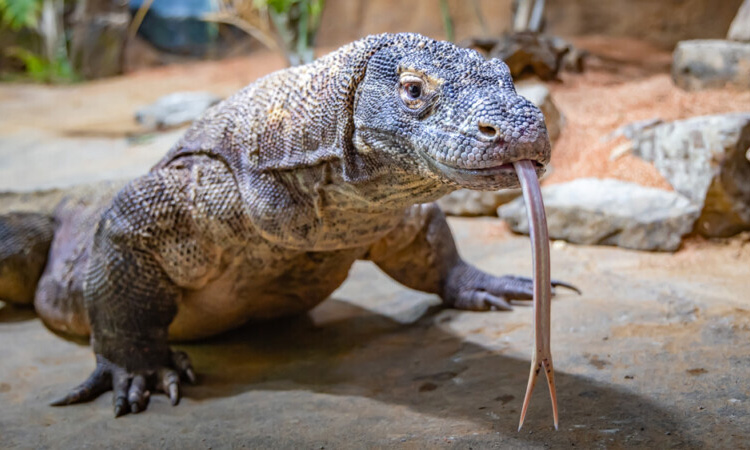The Ring Lemur, or Ring-tailed Lemur, is a unique and fascinating primate species native to the island of Madagascar.
Appearance and Behavior:
These lemurs are easily recognizable by their distinctive black and white ringed tails, which can grow up to 2 feet in length.
They are highly social animals, living in groups called troops that can consist of up to 30 individuals.
The Ring Lemur is known for its intricate social behaviors, including vocalizations, grooming, and complex hierarchies within the troop.
Diet and Habitat:
Ring Lemurs are primarily herbivores, feeding on fruits, leaves, flowers, and insects.
They are arboreal creatures, spending most of their time in the trees of Madagascar’s dry forests and scrublands.
Due to habitat loss and hunting, the Ring Lemur’s population is considered vulnerable and in need of conservation efforts.
Reproduction and Communication:
Females are the dominant members of a Ring Lemur troop, leading the group’s movements and caring for the young.
Males use their distinctive scent glands on their wrists to mark their territory and communicate with other lemurs.
Breeding season occurs in the spring, with females giving birth to one or two offspring after a gestation period of about 4-5 months.
Conservation Efforts:
Efforts are being made to protect the Ring Lemur and its habitat through conservation programs and eco-tourism initiatives.
Educating the public about the importance of preserving Madagascar’s unique biodiversity is crucial for the future of these fascinating creatures.
By supporting responsible tourism and sustainable development in Madagascar, we can help ensure a brighter future for the Ring Lemur and other endangered species on the island.
In conclusion, the Ring Lemur is a captivating and complex animal that plays a vital role in Madagascar’s delicate ecosystem. By learning more about these incredible primates and supporting conservation efforts, we can help ensure their survival for generations to come.




